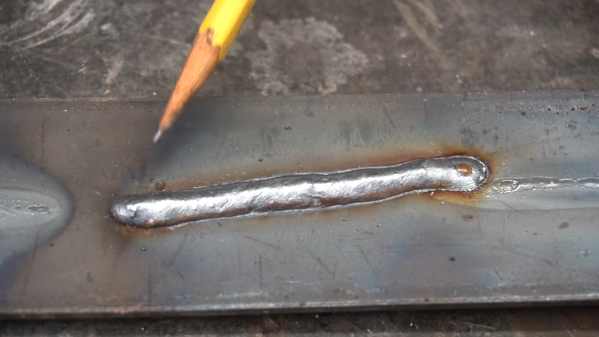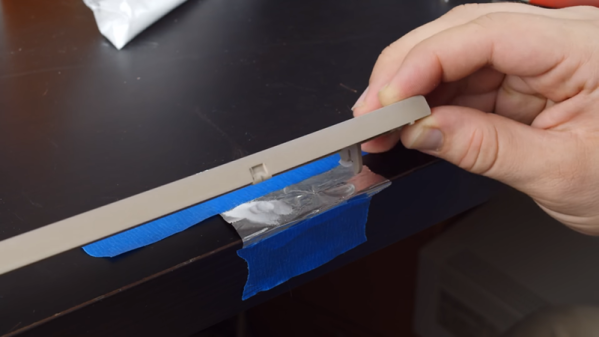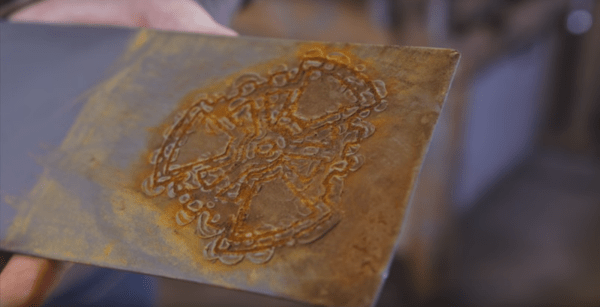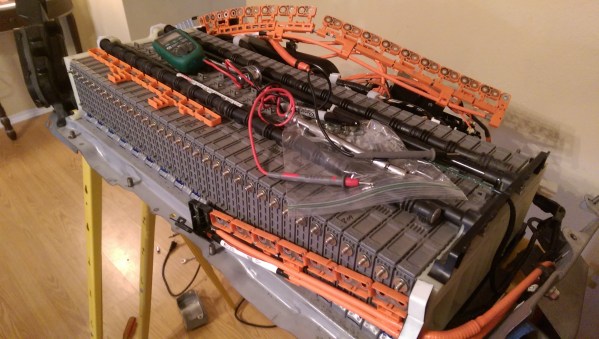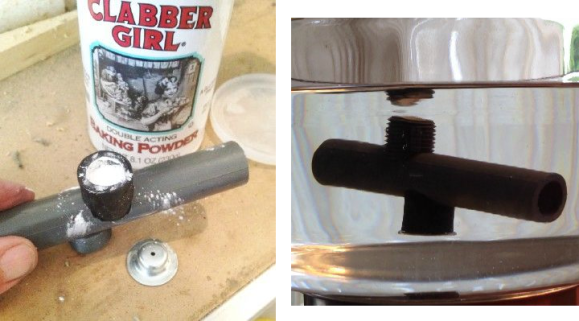You know the feeling — you’re making good progress on a weekend project, you’re really in the groove, things are going right. Right up until you run out of That One Thing™ that you can’t do without, the only store that sells it is closed, and you get a sudden case of whiplash as your progress hits a virtual brick wall.
Of course, every challenge holds the opportunity to hack your way around it, which is how [Lucas] ended up building this carbon dioxide generator. The “IG” in MIG welding stands for the “inert gas” that floods the weld pool and keeps the melted metal — the “M” in MIG — from rapidly oxidizing and ruining the weld. Welders often use either straight CO2 or a mix of CO2 and argon as a MIG shielding gas, which they normally get from a commercial gas supplier, generally on non-weekend days.
[Lucas] turned to grade-school chemistry for his CO2 generator, using the vigorous reaction of baking soda and vinegar to produce the gas. Version one was sketchy as all get-out; the second iteration still had some sketch factor thanks to the use of ABS pipe, but the inclusion of a relief valve should prevent the worst from happening. After some fiddling with how to get the reagents together in a controlled fashion, [Lucas] was able to generate enough CO2 to put down a decent bead — a short one, to be sure, but the video below shows that it worked.
Could this be scaled up to something for practical use? Probably not. But it’s cool to see what’s possible, and something to file away for a rainy day. And maybe [Lucas] can use this method to produce CO2 for his homemade laser tube. But again, probably not.
Continue reading “Cooking Up A Batch Of Homebrew Welding Gas”

